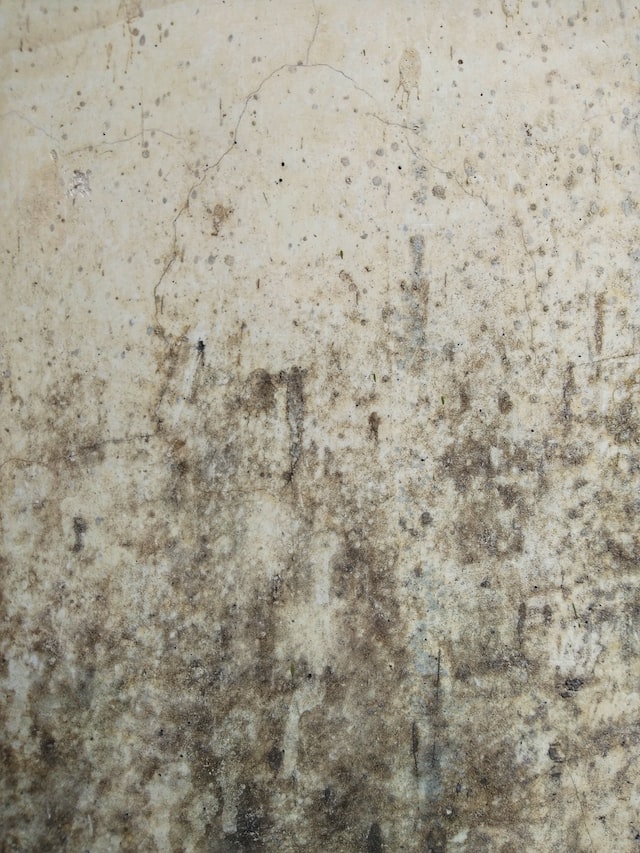Which Molds are Worst for Your House?
When people hear they have mold in their home, their natural reaction is to be worried. After all, mold is often highly toxic and can cause serious health issues as well as physical damage to your house. However, not all molds are made the same, and some are more dangerous than others. While all molds should be taken care of as soon as possible by a certified mold technician, mold identification can help you understand the threat each species carries.
Stachybotrys
While you may not recognize its scientific term, you probably already know that ‘black mold’ is one of the most dangerous household molds around. Black mold is extremely toxic and can cause severe health issues just by breathing in the spores. Black mold is dark in color, often black, but can sometimes be gray or dark green. You’ll able to identify it mostly from its musty/mildewy smell.
Chaetomium
Chaetomium shares a lot of similarities with black mold, including thriving in damp environments. It also has a dark color and a strange odor, although it’s often not as strong. While it’s not as toxic as black mold, Chaetomium can cause serious allergic reactions when breathed in, and long-term exposure can lead to neurological damage and autoimmune diseases.
Aspergillus
Aspergillus is a very common mold species that is found in both outdoor and indoor settings. In fact, most people have breathed a certain amount of aspergillus in their life on a daily basis. While it’s generally harmless for most, people who have a compromised immune system face extreme allergic reactions, lung infections, and a specific infection known as aspergillosis.
Fusarium
Fusarium is a mold species that grows most commonly in soil and plant debris, so it’s often found in the homes of gardeners. It also can grow inside foam insulation and in your HVAC system’s humidifier pans. While minor exposure won’t pose much of a health threat, overexposure can lead to a rare yet serious eye infection known as fusarium keratitis.
Alternaria
Alternaria is a mold species that tends to crop up most in the spring and summer when weather conditions are warmer. It is often found directly in the air of your home, but also grows around cardboard and other porous surfaces. Exposure can lead to allergic reactions and even long-term allergies and other respiratory issues.
Mold Identification Services
At Service Master Albino, we’re dedicated to helping every home maintain a clean and healthy living environment. If you suspect mold in your home, don’t hesitate to call a professional mold identification technician. Our trained and certified team will locate the mold in your home and remove it safely and effectively. Call us today at 203-753-0666 for a quick and accurate mold response.

